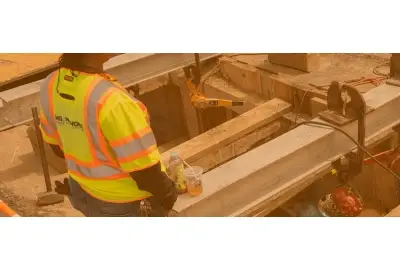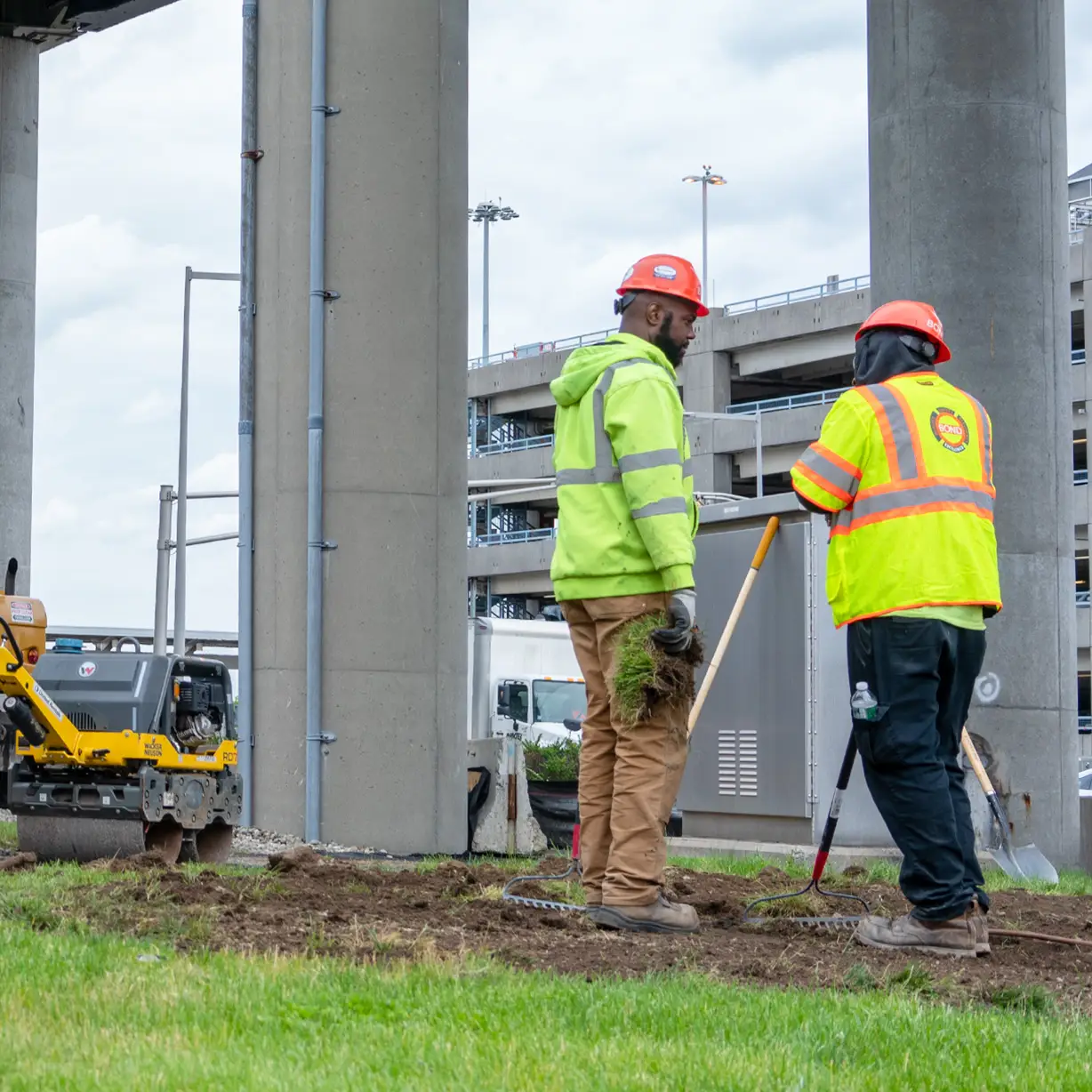Safety Vest Maintenance: A Complete Guide

Safety vests are a crucial part of your personal protective equipment. Just like your fall protection or flame-resistant gear, they require regular maintenance to ensure they remain effective and compliant with safety standards.
Maintaining your safety vest involves routine inspections, proper cleaning, correct storage, and knowing when to replace it. Compared to more complex safety tools, keeping your vest in good condition is simple and should become a daily habit.
The Fundamentals of Safety Vest Maintenance


Wearing a safety vest is essential for many jobs, but it's not enough to just wear one. The vest must be in good condition to provide maximum protection. Here are some key tips for maintaining your safety vest:
Cleaning Your Safety Vest
Cleaning your safety vest follows the same process as washing any other clothing. Always check the care label for instructions. Most vests can be machine-washed with mild detergent. Fire-retardant vests will specify how many times they can be washed before the chemical treatment fades.
Before washing, shake off any dirt or debris and remove all attachments. After washing, hang the vest to dry. Most vests dry quickly and don't require a dryer.
When to Replace Your Safety Vest
There are several reasons you may need to replace your vest. If it’s torn, burned, or damaged in any way, it’s time for a new one. You can’t keep wearing a vest that has lost its integrity, just like you wouldn’t wear an old t-shirt with holes in it.
Check the reflective strips regularly. Over time, these can lose their reflectiveness due to washing and exposure to sunlight. Reflective strips are critical for visibility, so if they’re no longer working properly, replace the vest immediately.
Many safety vests have breakaway sections designed to prevent injury in case of entanglement. If these sections start failing, do not attempt to fix them with staples or clips. It’s time for a new vest.
If your vest is flame-retardant and you’ve exceeded the number of washes specified on the tag, it’s time to replace it. Any sign of damage or wear means the vest is no longer safe to use.
Proper Storage of Your Safety Vest
Store your safety vest in a cool, dry place. Avoid leaving it in direct sunlight, such as in your truck bed or on your dashboard. Prolonged exposure to sunlight can degrade the reflective material over time.
Don’t store your vest near heat sources. Also, avoid folding it or stuffing it into a bag. Proper storage helps maintain the vest’s appearance and functionality. Folding can cause the reflective tape to crack or become less effective.
Regular Inspection of Your Safety Vest
Take a moment to inspect your vest every time you put it on. Treat it like any other piece of safety equipment. Checking your vest is quick and easy, and it ensures you're always protected.
What to Look For During an Inspection
Look for any signs of damage. Start by checking the reflective tape—it should be highly visible, without cracks, fading, or missing sections. Next, examine the fabric for holes or tears. Ensure that zippers, Velcro, and other fasteners are functioning properly. These features are essential for safety and should never be altered or repaired with staples.
Finally, check the care label. If it’s missing or unreadable, the vest should be taken out of service. All safety equipment must have clear and legible labels at all times.
How to Improve Visibility with Your Safety Vest
If you feel your vest isn’t providing enough visibility, consider upgrading to a higher class. Class III vests have more reflective material and high-visibility fabric compared to Class II vests. Learn about the differences between safety vest classes.
If you already have a Class III vest, pair it with a high-visibility shirt or pants. Working at night? Use headlamps or hard hat lights to increase visibility. You can also review the meaning of different safety vest colors here.
Never alter your safety vest, as this could compromise its effectiveness. Avoid wearing anything over the vest, as it might reduce visibility. There are safer ways to increase your visibility without risking your safety.
Creating a Maintenance Schedule for Your Safety Vest
While creating a written schedule might seem unnecessary for individual workers, it can be helpful for companies aiming to stay safe and compliant. However, we’re not asking you to create a formal schedule.
Start by developing a routine inspection habit. Spend a minute checking your vest and other gear each time you wear it. This small step can make a big difference in your safety.
Stay ahead of wear and tear. If you notice signs of damage, begin the process of replacing the vest before it becomes unsafe. Keep track of how often you wash it and how long you've had it. Set reminders to check if it's time for a new one.
A general rule is to replace a vest after six months of regular use. Mark the date on your calendar or write it inside the vest itself.
OSHA Requirements for Safety Vests
OSHA requires workers to wear high-visibility safety gear based on job risk. This can include Class I, II, or III vests. Different jobs have different requirements—flagger roles differ from excavator roles, and construction workers have unique needs.
OSHA doesn’t specifically require a vest, but it mandates certain levels of high-visibility gear. You can choose from various options like Class III vests, jackets, or sweatshirts, depending on your needs.
Employers are required to provide necessary safety gear. Some companies may have stricter policies than OSHA, so always follow your company’s guidelines.


What to Do If Your Vest Fails Inspection
If your vest fails inspection, switch to your backup vest immediately. If you don’t have a backup, notify your employer to get a replacement. If they can’t provide one, contact PowerPak.
In select areas, we can deliver replacement vests and safety supplies the same day. Custom-printed vests can be delivered within a week. Visit PowerPak.net to explore our selection, place an order online, or call us directly. We’re here to help.
1. Size: A4 size (210mm x 297mm) is a standard size for Table X Banners.
2. Material: The banner is usually made of vinyl material, which is durable and lightweight.
3. Design: The design of the banner is usually printed on one side and can be customized according to the customer's requirements.
4. Structure: The banner is supported by an X-shaped stand made of lightweight aluminum or plastic, which can be easily assembled and disassembled.
5. Portability: The banner and stand can be easily transported in a carrying bag, making it convenient for travel and storage.
6. Visibility: The Table X Banner A4 is designed to be eye-catching and visible from a distance, making it an effective marketing tool for events, trade shows, and exhibitions.
7. Reusability: The banner and stand can be reused multiple times, making it a cost-effective solution for advertising and promotion.
Table X Banner A4,Advertising X Frame Banner,Tripod Banner Stand,X Tension Banner Stand
SUZHOU JH DISPLAY&EXHIBITION EQUIPMENT CO.,LTD , https://www.jh-displaystand.com